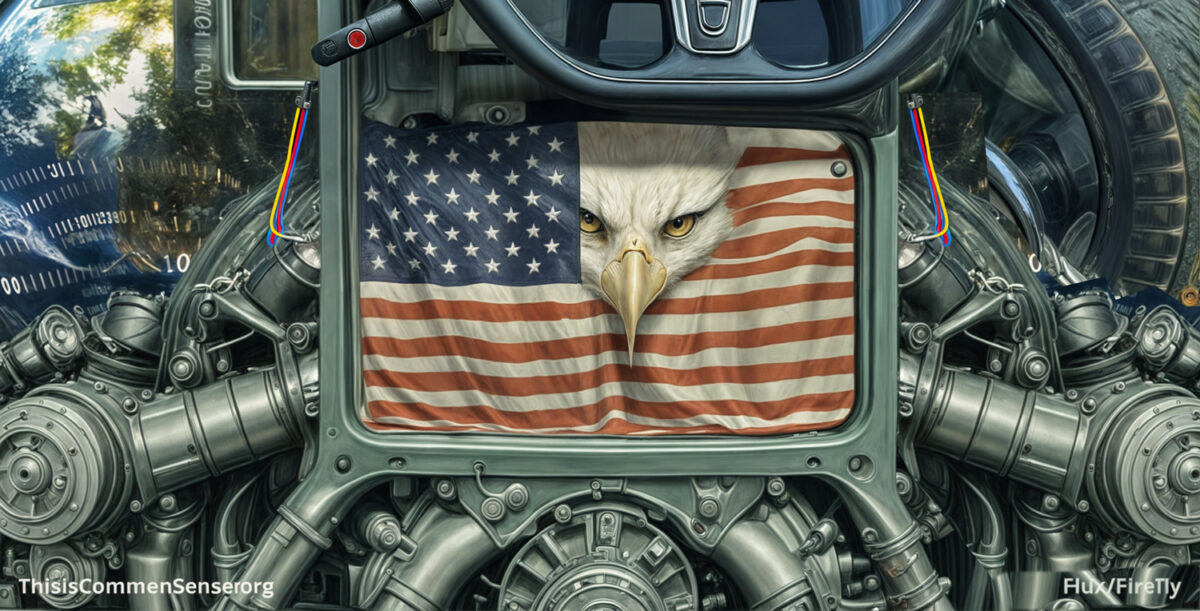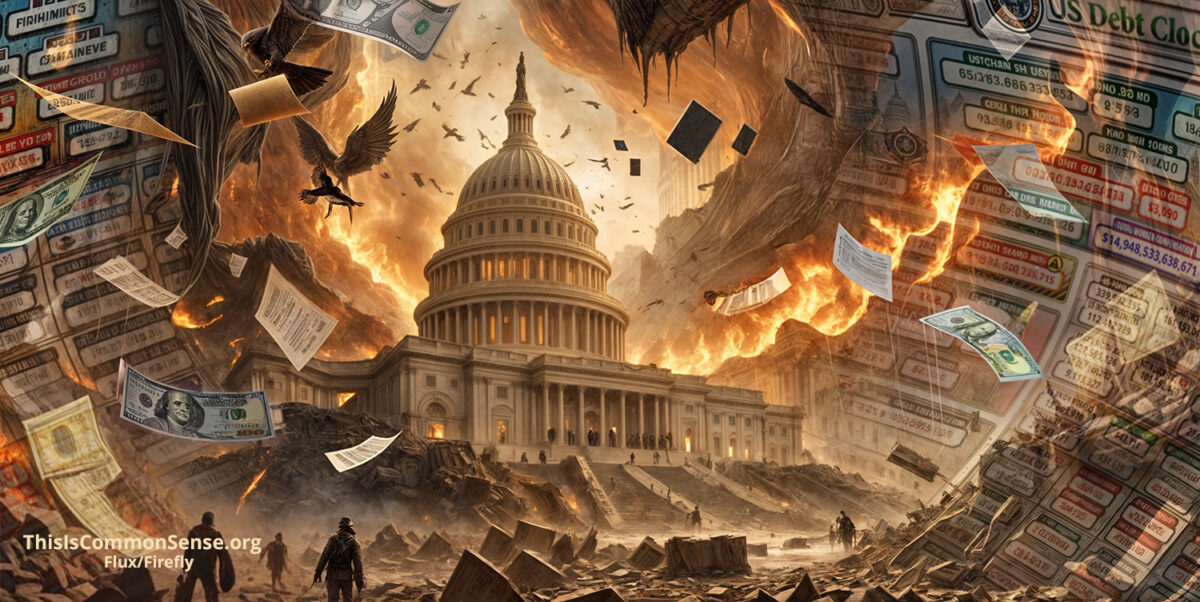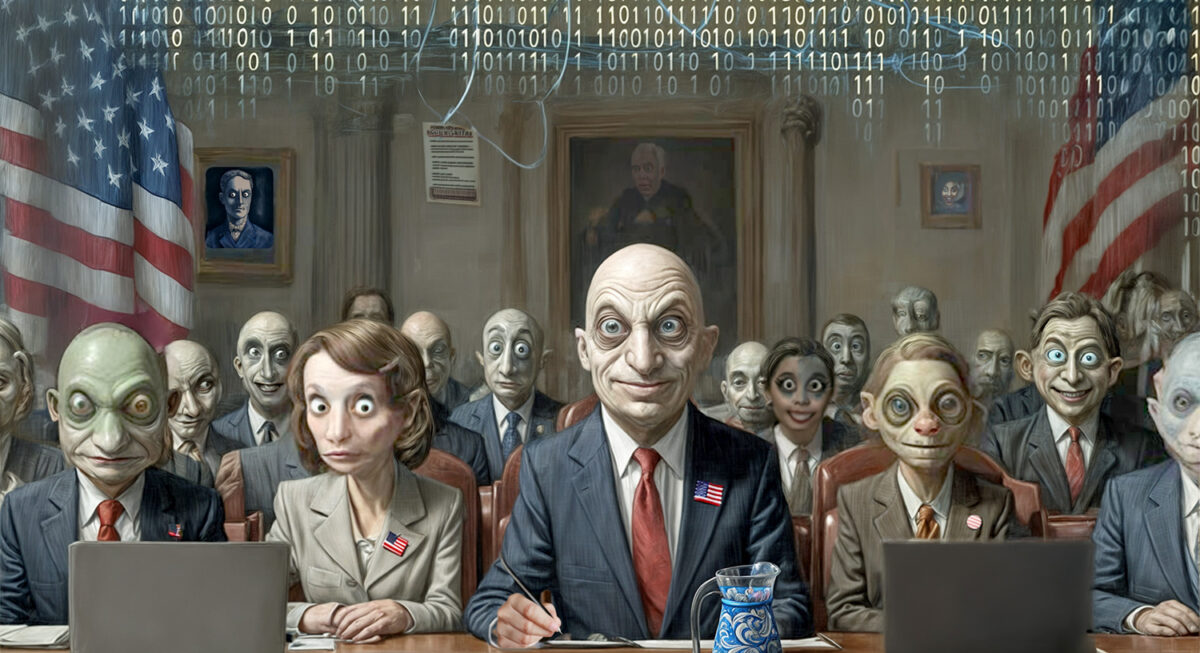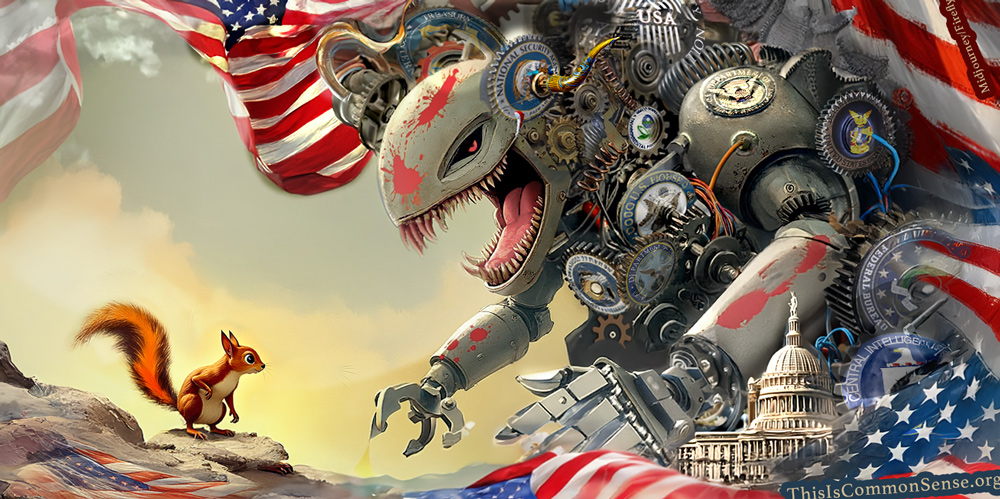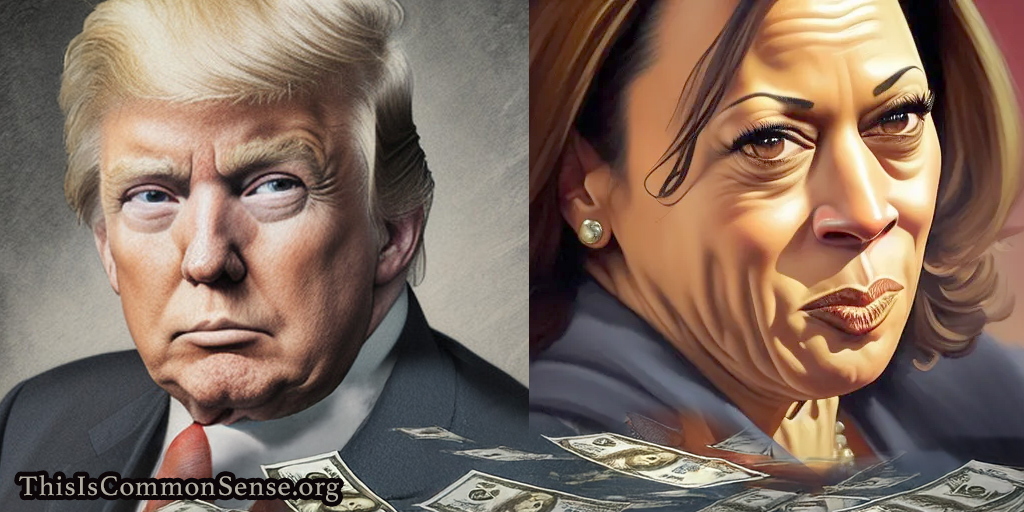Donald Trump is launching so many initiatives to curtail government power and its abuse that even students of policy find it hard to keep up. I don’t always agree with what he’s doing, but I often do. Sometimes, a hundred percent.
In his second term, President Trump is following what Glenn Reynolds calls a libertarian path.
Say, what?
There has long been a libertarian streak in the Republican Party — from even before Goldwater’s 1964 presidential run — but once in power, Republican politicians rarely did any streaking.
Trump was different at the start, more immune to many of the left’s vicious tactics. But Trump 2 (2025- ) is still different from Trump 1 (2017 – 2021).
One difference between 2017 and now is that in the intervening years, Trump’s ideological enemies have slugged him with impeachments, every possible kind of bogus investigation and lawsuit, rigged various parts of the 2020 election, robbed him of many millions of dollars, and threatened him with imprisonment.
“Trump saw firsthand, to a degree greater than probably any American citizen ever, just how far the resources and lack of principles or moral fiber of the federal government go,” writes Reynolds. “It would be very difficult to remain a believer in Big Government … after that.”
Reynolds echoes Trump’s declaration at the Libertarian Party convention last May about the consequence of his persecution: “If I wasn’t a libertarian before, I sure as hell am a libertarian now.”
One Trump foe complains that his second term “is all about curtailing government’s power and reach.”
Yes. We know. Feature, not a bug.
This is Common Sense. I’m Paul Jacob.
Illustration created with Krea-Realtime and Firefly
—
See all recent commentary
(simplified and organized)

